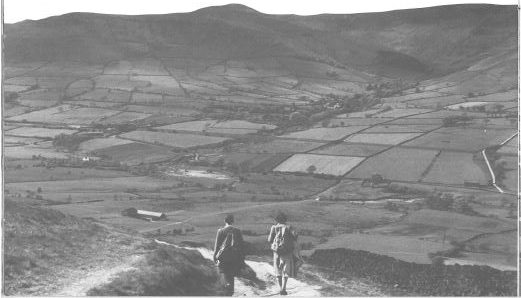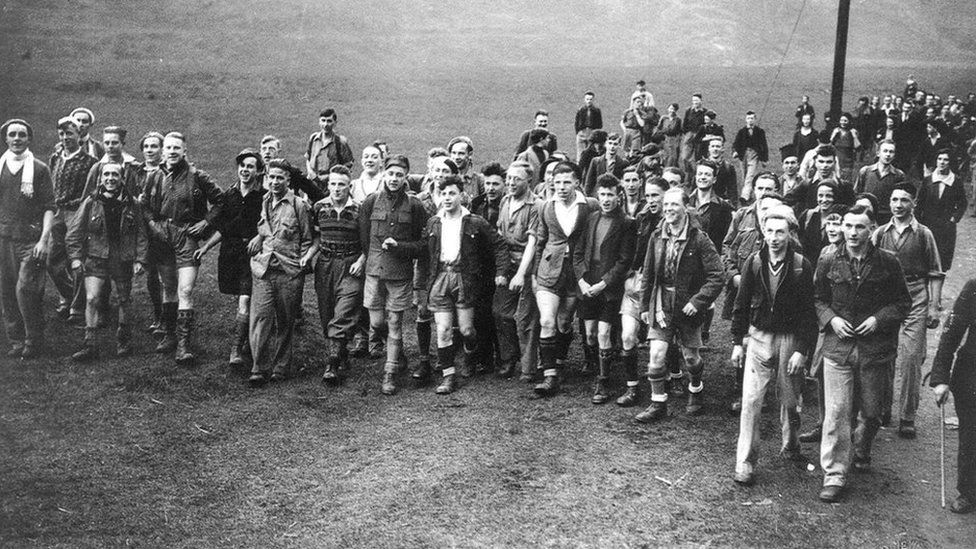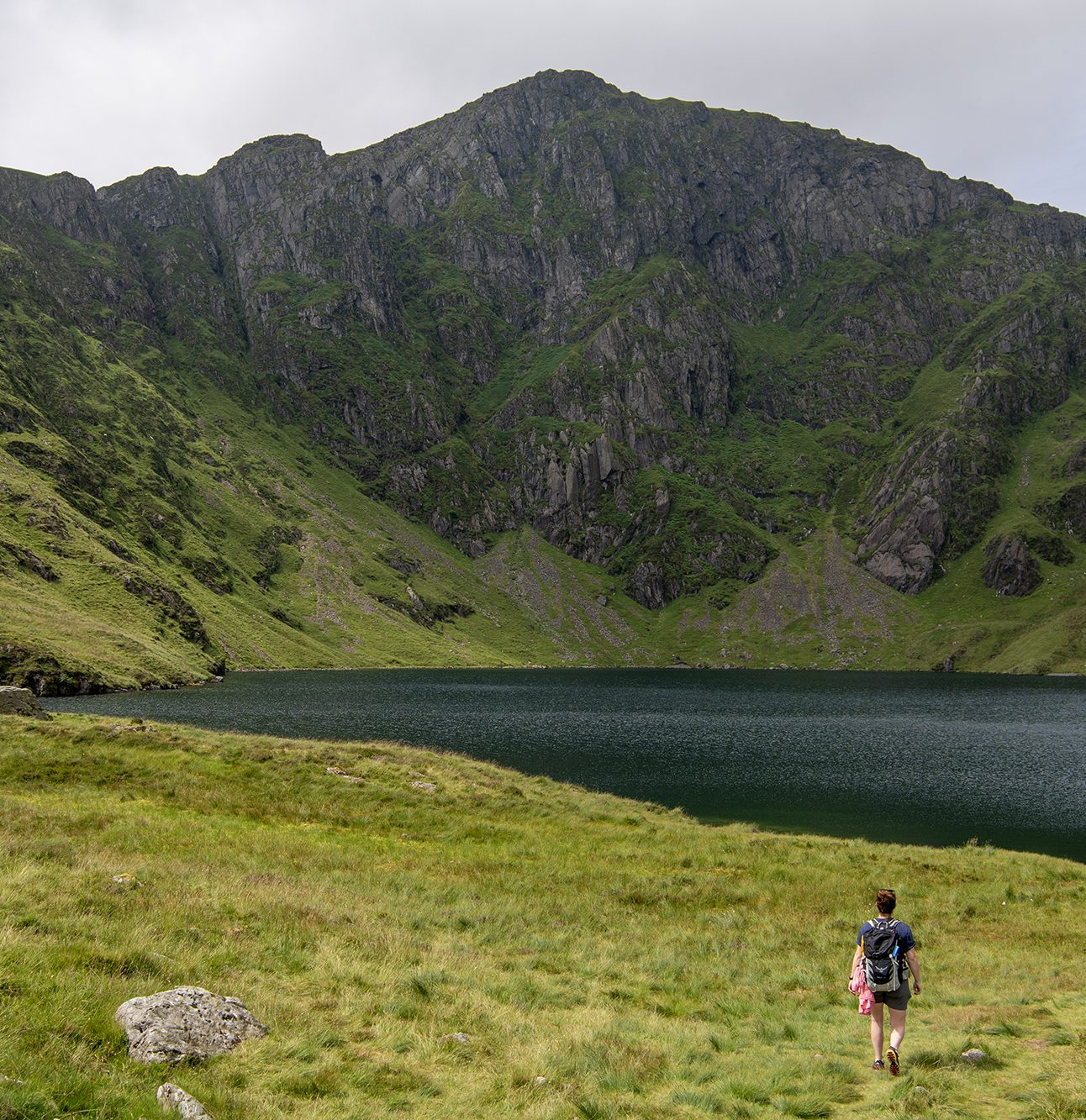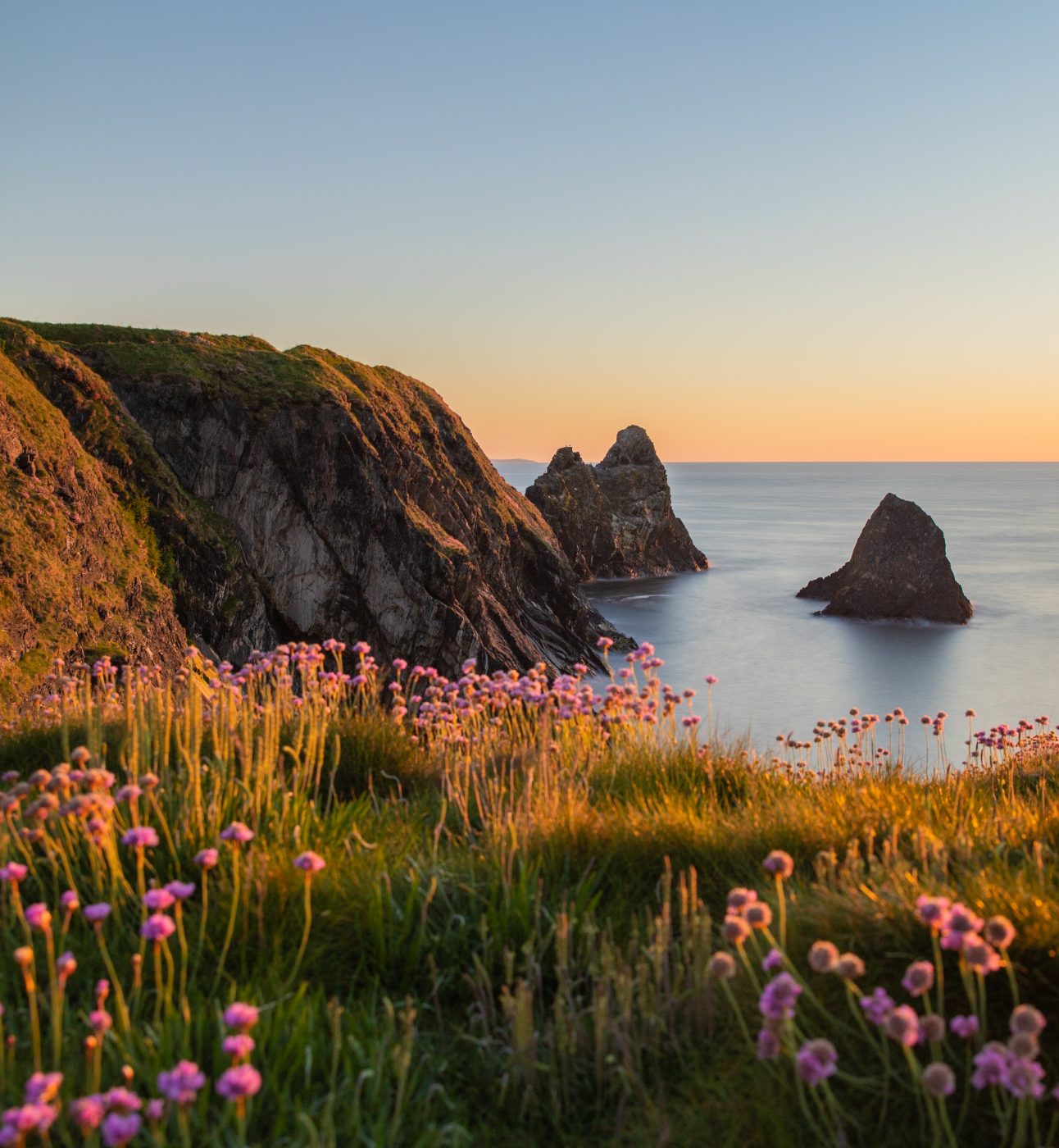In 1936 a group of passionate outdoor enthusiasts came together to campaign for National Parks to be established in the UK. Inspired by precedents around the world, including Yellowstone in the United States (created in 1872 and the world’s first National Park) they had a vision of the UK’s precious landscapes preserved for nature and open for all to enjoy.

History of National Parks
The history of National Parks is a history of ambitious campaigns and the power of people coming together.
On this page
1860s-1930s
The basis of the National Parks movement
The foundations for the National Parks movement were laid throughout the 19th and 20th centuries, with various organisations being formed to protect countryside landscapes: the Commons Preservation Society (now the Open Spaces Society) in 1865, the National Trust in 1895, and CPRE (The Countryside Charity) in 1926 amongst others.
The Open Spaces Society and CPRE alongside the YHA (Youth Hostel Association) were the founding members of the formalised movement for National Parks created in 1936, known then as the Standing Committee on National Parks and known now as Campaign for National Parks- us.
1930s
National Parks and access to the countryside
At a similar time, the movement for greater access to all areas of the countryside had been growing. The increasing industrialisation and urbanisation of the early 20th century led more and more people to seek the open spaces and clean air in the countryside, and a campaign for the rights of everyone to access the health and wellbeing benefits gained momentum, a campaign which had great overlaps with the call for National Parks.

Working class people were most affected by poor health and living conditions and wealthy landowners were the ones with the privilege to access and use the countryside. The 1932 Kinder Mass Trespass, where protestors trespassed on wealthy gamekeepers’ land, was a key turning point in the fight for countryside access. Its scale- over 400 people were involved- and the harsh sentences given out to some protestors sparked public outrage and support for the campaign.
1940s
The Second World War
After the second world war, the desire for National Parks was stronger than ever. In May 1945 John Dower, a significant figure in the early National Parks movement alongside his wife Pauline, published a report on the need for National Parks in England and Wales. It reflected the mood of the post-war country; that our finest landscapes needed protection to become havens for all to enjoy – places worth fighting for.
Four years later in 1949, the National Parks and Access to the Countryside Act was passed. This legislation gave the public limited access to areas of the countryside and enabled the designation (creation) of National Parks.
1950s-1980s
Designation of National Parks
1951 The first National Park, the Peak District is designated. It is soon followed by Dartmoor, Eryri (Snowdonia) and the Lake District
1952 The North York Moors and the Pembrokeshire Coast are designated
1954 Exmoor, the Yorkshire Dales and Northumberland become National Parks
1957 Bannau Brycheiniog (Brecon Beacons) is designated
1988 The Broads is granted equivalent status
2000-now
National Parks into the future
In 2000, the Countryside Rights of Way (CRoW) Act granted the public greater rights to land, including in National Parks, but access still varies widely across the country depending on the quality of mapping, sociocultural barriers and the ownership of land. The Right to Roam and National Parks movements remain closely linked.
National Parks continue to be created in the new millennium. The first Scottish National Park, Loch Lomond & The Trossachs, was designated in 2002 soon followed by the Cairngorms in 2003. The New Forest was designated in 2005 and the South Downs in 2010. In 2016 the Yorkshire Dales and the Lake District were extended, protecting a further 188 square miles of northern England.
Today, there are plans for new National Parks in England, Wales and Scotland, and movements for different types of National Parks- from National Marine Parks to National Parks in cities- are building.


